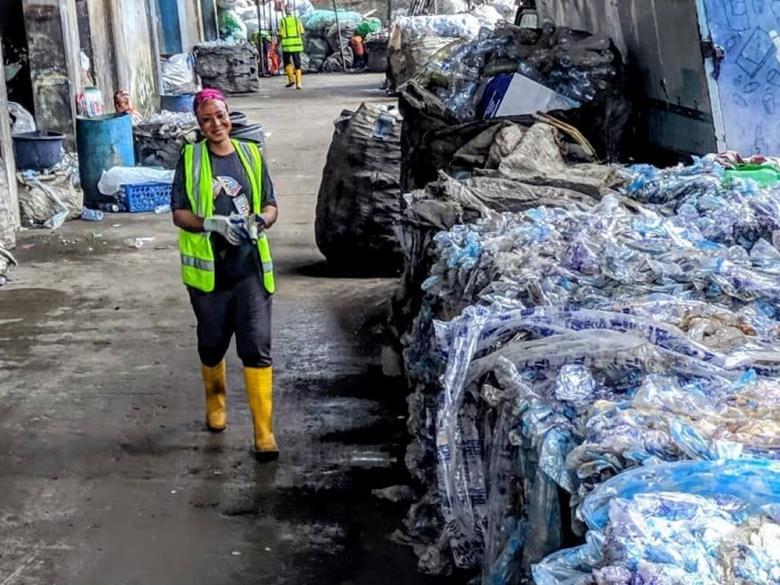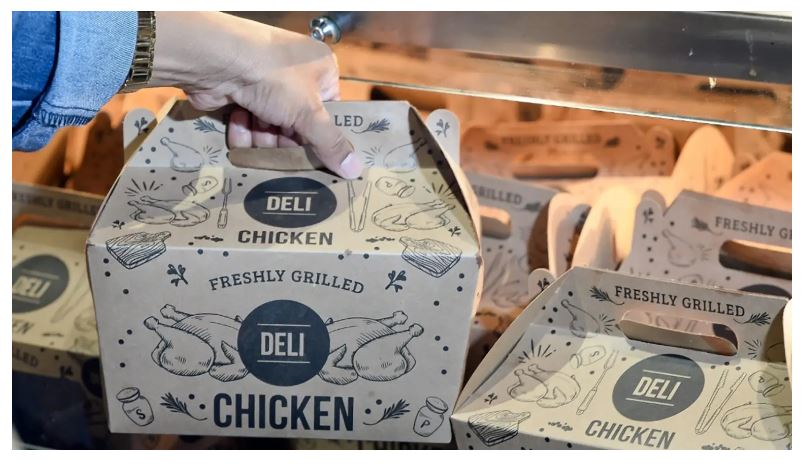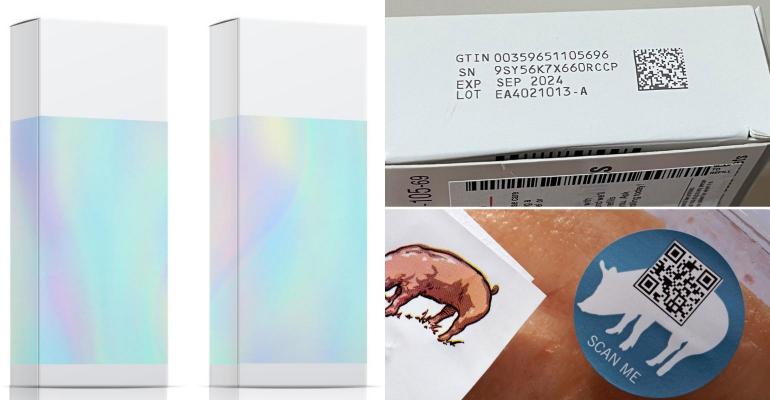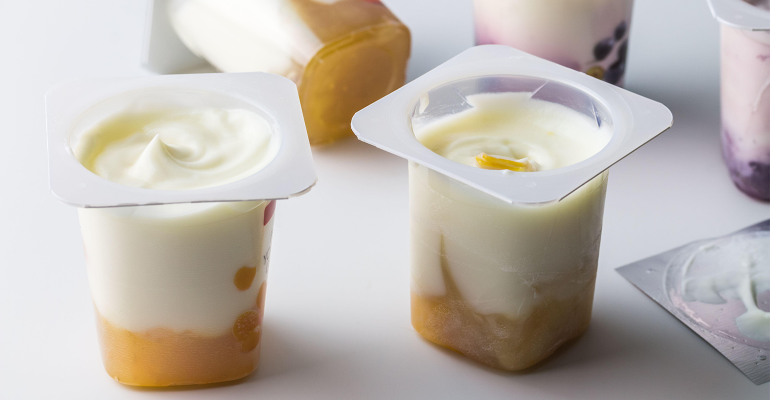Category: Sustainability
Next-gen CleanFlake
Next generation AD CleanFlake Technology enables recycling for more rigid plastic packaging. Until recently, CleanFlake was engineered for markets that centered on PET bottles. Announced just a month ago, CleanFlake has added a version for high-density polyethylene (HDPE) containers across its portfolio. This latest breakthrough extends the benefits of CleanFlake technology to the second most…
First MDO PCR films
The company introduced two MDO (machine-direction orientation) film products made with 30% post-consumer recycled (PCR) content. The new rMDO white and rMDO clear filmic facestocks use less resources, help to keep plastic out of the waste stream, and give packaging a more authentic look. Their recycled content creates a slightly less uniform appearance that consumers…
DT linerless labels
Eliminating the release liner and matrix account for more than half of the label waste created during label application, according to Avery Dennison. The secret? A silicone coating on the facestock so that self-wound labels won’t stick to those underneath. Without liners, there is no liner waste, no liner disposal costs, and no safety risks…
Avantium’s plant-based PEF reduces CO2 emissions in bottle production, claims Nova Institute
A Life Cycle Assessment (LCA) conducted by the Nova Institute has reportedly concluded that the use of Avantium’s plant-based PEF (polyethylene furanoate) in 250ml and 500ml bottles would significantly reduce greenhouse gas emissions. Nova’s study, supposedly peer-reviewed by experts of LCA methodology and incumbent packaging solutions, evaluated sixteen impact categories covering the cradle-to-grave life cycle of a PEF…
Dow expands flexible packaging recycling initiative to new markets in Africa
Following a successful pilot phase in Nigeria, Dow has announced that its flexible packaging recycling initiative, Project REFLEX, will be expanded to Egypt and Guinea. Launched in 2020, the project specifically targets flexible packaging such as plastic water sachets, which are used to clarify and disinfect water sources, and encourages local communities to collect and recycle them.…
Shoprite’s unit Checkers introduces recyclable packaging for its rotisserie chicken
Shoprite’s unit Checkers introduces recyclable packaging for its rotisserie chicken Jun 6, 2022 SOUTH AFRICA – In line with Shoprite groups’ ongoing commitment to environmental sustainability, its subsidiary Checkers is the first South African retailer to replace its rotisserie chicken packaging with fully recyclable, responsibly sourced cardboard boxes. To promote the circular economy, the Group…
GreenX Telemechanics develops edible plates as alternative to single-use plastics
KENYA – GreenX Telemechanics has developed edible cups and plates dubbed snackuit, offering a sustainable alternative solution to single-use plastics. The firm has partnered with Sheryl Mboya (a Mt Kenya law student) who is the patent holder of snackuit, to develop innovations that aim to contribute to climate action. Challenged by the deteriorating climatic conditions,…
What Brand Protection Method is Right for You?
Selling pharmaceuticals? Luxury goods? Foods or beverages? Match the appropriate anti-counterfeiting and brand authentication packaging technology to your product. Accountability, authentication, and traceability have become essential buzzwords when it comes to operating a watertight supply chain in the modern business environment. Businesses spanning multiple sectors are increasingly investing in systems that allow their products to…
Is Polystyrene a Sustainable Food Packaging Choice?
Ineos Styrolution America’s sustainability commercial manager, Cassie Bradley, shares the benefits of PS and its future in the circular economy. Worth $31.6 billion in 2021, the Global Polystyrene Market is projected to reach $44.8 billion by the year 2028, growing at a CAGR of 5.2% over the analysis period of 2022-2028, according to a market study from BlueWeave Consulting. That’s…
Let there be a universal recycling language
There is no simple answer as to which packaging medium is the best for the environment. Truly sustainable packaging decisions are more complex than simply replacing one material with another. As an example, some materials may enjoy a smaller carbon footprint but require more water or heat to convert, thereby affecting the cradle-to-cradle environmental impact.…









